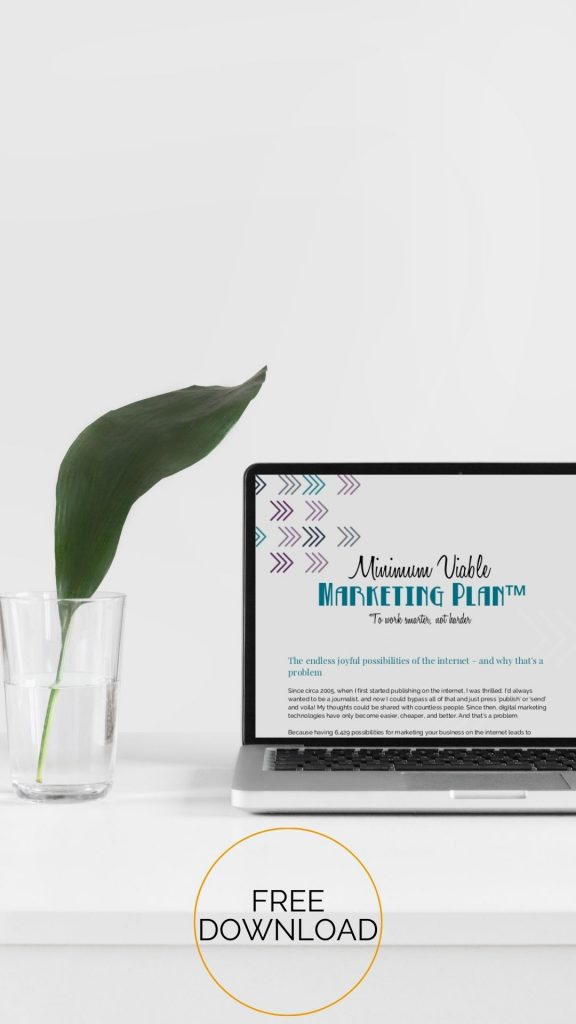You’ve just worked a full day, gotten home in the dark, thrown together a meal using whatever creativity is left in your tired, tired brain, and now you’ve kicked off your shoes and are ready to relax.
But there’s something tugging at your side, demanding your attention. And as much as you try to get horizontal on the couch clutching tight to the remote, this thing compels you to snap open your laptop and start all over again. I’m talking about your side business.
If you’re trying to build your side gig while being gainfully employed in a full-time job, then let me start with a bow – I salute your energy, enthusiasm and determination. This ain’t easy!
When I started my business more than eight years ago, I had just finished my job. I had no plan, limited savings, and no side hustle that was ready and waiting. A different person might have looked for a full-time job while developing a new business on weekends, building this until they could successfully transition into their business, confident that it would support them. I’m not that person.
If you’re juggling your work with more work on the side, here are my top tips to thrive in both.
Know your limits
I don’t mean to rain on your parade, but we must be compassionate: you are one person and you need to sleep. And when you lie your head on that soft, sweet pillow, you want to actually sleep, not lie awake for the next three hours plotting your email auto-responder messages, dreaming up new e-courses, and mentally writing a dream list of clients that you’d love to approach.
For your business to work, your job to continue and your happiness to endure, you’ve got to set limits around the time you dedicate to your side hustle. Experimentation is essential here, and honesty too.
You might try:
- Working for one hour only after dinner, five nights a week.
- Working for three hours three nights a week.
- Working for half a day per weekend.
- Working for half a day per weekend plus one hour a night after dinner, four nights a week.
After you’ve experimented and chosen what works best for you, you’ve now got to commit and follow through. A plan is only as good as its follow-through.
Know your ideal client
All the time, I see people side-stepping the process of identifying and understanding their ideal clients. While most people are familiar with the concept of your ideal clients, most people merely pay this lip service – because trying to understand other people (not just fill out an exercise) can be difficult, uncomfortable, obscure, frustrating, and sometimes downright weird. And because it’s obscure, it’s far more appealing to do the things that are obvious and bring clear results.
I can’t emphasise this enough: if you skip this foundational work, you’re making business far harder than it needs to be. Stop assuming you know your ideal clients and get out from behind your computer and meet them. Line up coffee dates (this could be a welcome break from mid-week, mid-morning work), ask smart questions, listen closely, get to know them.
Minimum marketing
Say you want to keep your side gig ticking over with the bare minimum of marketing – this would include a monthly email newsletter, two to three blogs per month to support your newsletter and regular readers, and social media marketing.
Schedule a chunk of time (perhaps half a day on a Saturday or Sunday) to write your blogs, schedule your email newsletters and social media too. I use Buffer for social media scheduling though Hootsuite is good too.
Ideally, you want a stockpile of articles and newsletters lined up and ready to go – three months in advance is a good goal. Then, you can spend your time on paid client work and those marketing outreach tasks that will bring you a bigger bang.
Email auto-responder sequences are your best friend – ideally, each of your offerings should have its own auto-responder sequence that guides people towards purchasing, all while offering useful, valuable and relevant information that positions you as an expert, leader or authority in your field.
Be focused as a ninja
Of course, to enjoy your time off, keep your job and your side gig bustling along, you need to be focused – like, really focused. Lucky for you, this is a hugely useful life skill that is great for just about everything (including happiness).
When I’m really stretched for time and need to focus, I ask myself: ‘What’s the one thing I could do right now that would have the biggest impact?’
The answer to this is almost always outreach – making contact with someone who can help you get the word out or doing some active marketing that’s going to bring in results (and I’m not talking about commenting on conversations on Facebook).
Being focused means not doing a lot of things.
Things not to do include: canvassing all and sundry on Facebook about your business name/logo/new product/copy writing/any and other things; subscribing to every business and marketing newsletter out there; talking about your business to any friend who’ll listen; trolling the internet under the guise of ‘research’ when you’re not going to make a decision imminently.
Respect your time off
Your time off is absolutely essential to your time on. You are not weak for being tired. You are not weak for wanting to enjoy your weekends. If you find yourself reading articles with titles like “The 10 essential things that highly productive successful twerps do before 6am” articles, then it’s time you switched off the computer and went to bed early. You could be losing it.
Your social life, your friends and family, your hobbies – research shows this makes you far more productive than any weird morning routines of Successful People.
Get used to feeling frustrated
Here’s the essential nature of a to do list: it’s never done. Particularly if you aren’t enjoying your full-time job and you’re really enjoying your side hustle, you’re going to feel frustrated. So juggling your life will be making peace with feeling frustrated.
You can allay your frustrations by having a game plan: decide exactly what you need from your full-time job to stay there and by when, plus how you’re going to go about doing/getting this. Or, pick a date by which time you’ll quit your job and make your side hustle your full-time work.
Then relax, as best you can when you work so hard.
You’re not going to be able to do as much in your side hustle as a self-employed someone who is doing it full-time. Learning how to make peace with your high expectations and your endless, over-packed to-do list is part-and-parcel of self-employment. You may as well get good at this now. You’re going to need it when you’re self-employed full-time.
Need support and accountability?
Then join the Hustle & Heart program.





